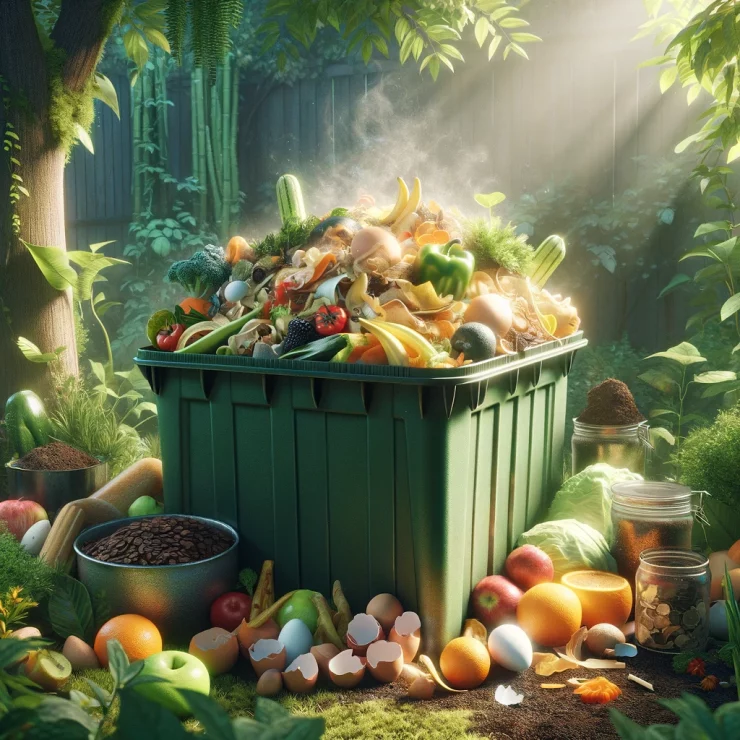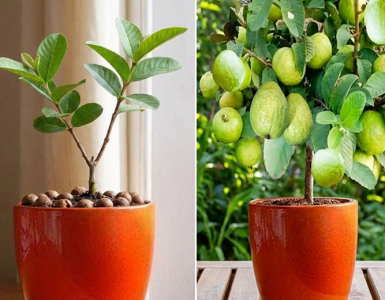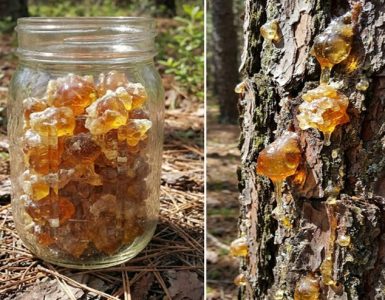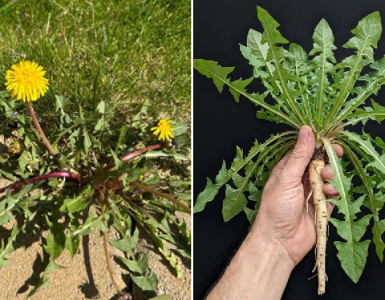In today’s world, where sustainability is increasingly becoming a necessity rather than a choice, finding ways to reduce waste and promote eco-friendly practices has never been more crucial. One area where individuals can make a significant impact is in their own kitchens. Instead of tossing out kitchen scraps like fruit and vegetable peels, coffee grounds, and eggshells, why not turn them into valuable resources for your garden? Composting or creating liquid fertilizer from kitchen waste is not only easy but also incredibly beneficial for the environment and your plants.
Composting Basics:
Composting is the process of decomposing organic materials to create nutrient-rich soil amendments. It’s a natural recycling process that mimics nature’s way of breaking down organic matter. Here’s a simple guide to get started:
- Choose a Composting Method:
Backyard Composting Bin: If you have outdoor space, consider setting up a composting bin in your backyard. You can purchase a compost bin or build one yourself using wood pallets or wire mesh.
Indoor Composting: If outdoor space is limited, indoor composting options like vermicomposting (using worms) or Bokashi composting (fermentation) are excellent alternatives. - Collect Kitchen Scraps:
Gather fruit and vegetable scraps, coffee grounds, tea bags, eggshells, shredded paper, and other organic materials from your kitchen.
Avoid adding meat, dairy, oily foods, and pet waste, as they can attract pests and create odors. - Layer and Maintain:
Layer your kitchen scraps with “browns” like dried leaves, cardboard, or shredded newspaper to maintain a good carbon-to-nitrogen ratio.
Keep your compost pile moist and aerated by turning it regularly with a pitchfork or compost aerator.
Within a few months to a year, depending on the composting method and conditions, your kitchen waste will transform into nutrient-rich compost ready to feed your garden.
Liquid Fertilizer:
Liquid fertilizer, also known as compost tea, is a potent nutrient boost for your plants. It’s made by steeping compost or composted kitchen waste in water. Here’s how to make it: - Collect Compost:
Fill a bucket or container with finished compost or compostable kitchen scraps. - Add Water:
Fill the container with water, using a ratio of about 1 part compost to 5 parts water. - Let it Brew:
Allow the mixture to steep for 1-2 weeks, stirring occasionally to aerate it. - Strain and Apply:
After steeping, strain the liquid to remove any solids.
Dilute the compost tea with water (usually a 1:10 ratio) before applying it to your plants.
Benefits of Composting and Liquid Fertilizer:
Nutrient-Rich Soil: Compost and compost tea provide essential nutrients for plant growth, improving soil structure and fertility.
Reduced Waste: By diverting kitchen scraps from the landfill, you’re reducing methane emissions and minimizing your carbon footprint.
Cost-Effective: Making your own compost or liquid fertilizer saves money on store-bought fertilizers and reduces the need for chemical inputs in your garden.
Healthy Plants: Plants grown in compost-amended soil or treated with compost tea are often more resistant to pests and diseases, leading to healthier, more robust growth.
Don’t underestimate the potential of your kitchen waste. By composting or creating liquid fertilizer, you’re not only reducing waste but also enriching your soil and promoting a healthier environment. Whether you have a sprawling garden or a few potted plants on your balcony, incorporating these sustainable practices can make a world of difference for both your plants and the planet. So, the next time you’re tempted to toss those fruit peels or coffee grounds in the trash, remember: they could be the key to a thriving garden right at your fingertips.






Add comment